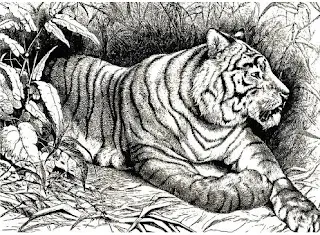Natural history sketches among the Carnivora, wild and domesticated, with observations on their habits and mental faculties
 |
| Natural history sketches among the carnivora |
Classification of the Carnivora—The Lion: Size, Weight, Strength, and Character; Attacks on Man; Decrepitucde and Starvation in Old Age—The Tiger compared with the Lion: Size and Weight; Tiger Hunting, and Strange Adventures; “Destruction of Animal and Human Life by Tigers—The Jaguar—The Puma: Encounter with one— The Leopard—Cheetah—Lynx—Hyena.
Carnivora, adapted as they may be to a terrestrial or aquatic existence, possess, nevertheless, many structural characteristics which form them into a well-defined order of the Mammalian class.
They are solely or partly flesh eaters, while a few, owing to circumstances, may usually subsist on a vegetable diet. The dentition, however, always proclaims them to belong to a group with whom living prey is the indicated food, though some of them may seldom or never obtain it. Thus, many herbivorous bears justify their carnivorous structure by devouring animals whenever they have an opportunity. Our old friends who climb the pole at the Zoological Gardens and stand in suppliant attitude, expectant of buns, oranges, and would, without doubt, regale themselves on a baby in arms, dropped into their den by a careless nursemaid, as thoroughly as I have seen one of the same species enjoy a present of a sucking pig.
This order of mammals may be divided into three sections, the first containing those that are cat-like, the second those that are dog-like, and the third those that are bear-like. Of the cat-like section, which it is now proposed to discuss, we have five families, viz.: the Felide, or cats and their allies, exemplified by the lion, tiger, jaguar, cheetah, lynx. &c.; the Hyenide, bytes; the Viverride, civets; the Protelide, Aardwolf, of Africa; aud the Cryptoproctide, the Cryptoprocta, all of which are strictly carnivorous and predatory.
Download PDF book

